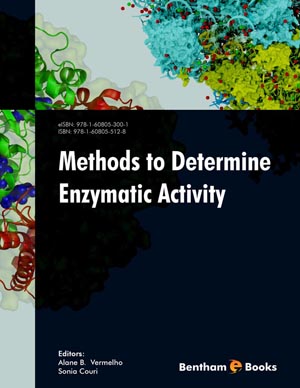Abstract
Amylases are some of the most important industrial enzymes. Their family is comprised of enzymes with different specificities against a broad range of substrates. The group of endoamylases, which includes α-amylases, catalyzes the cleavage of internal α-1,4 linkages in amylose and amylopectin structures, releasing dextrins of various lengths. Exoamylases, on the other hand, act preferentially in external regions of the substrate, being represented by several enzymes which act towards molecules as small as maltose (e.g., maltase) until polysaccharides (e.g., glucoamylases). The third group comprises debranching amylases, including pullulanases and isoamylases, which act in α-1,6 bonds (branching linkages). Synergy between these groups of enzymes is crucial for the improvement of product release rate. Therefore, it is important to assess methods for the more specific detection as possible for each main group of amylolytic enzymes, in order to understand their synergy and evaluate potential microbial strains for their production. This chapter contains an overview of the mode of action of the main amylolytic enzymes and presents protocols for the quantification of the activity of the three major groups of amylases.
Keywords: Amylase, starch, amylose amylopectin, endoamylases, exoamylases, pullulanase, glycogen, polysaccharides.







